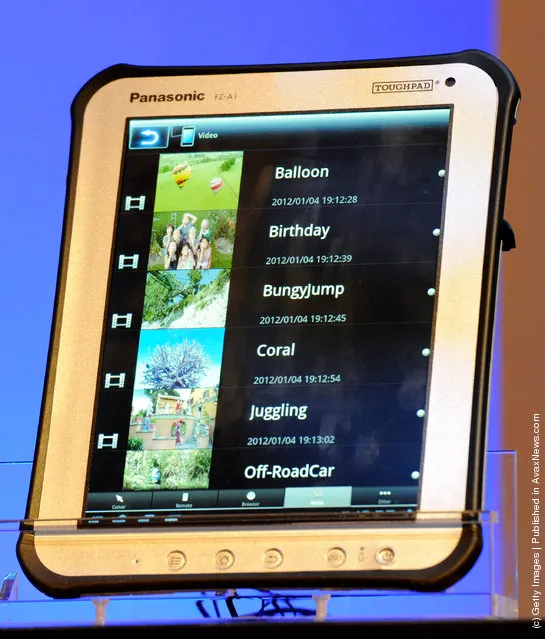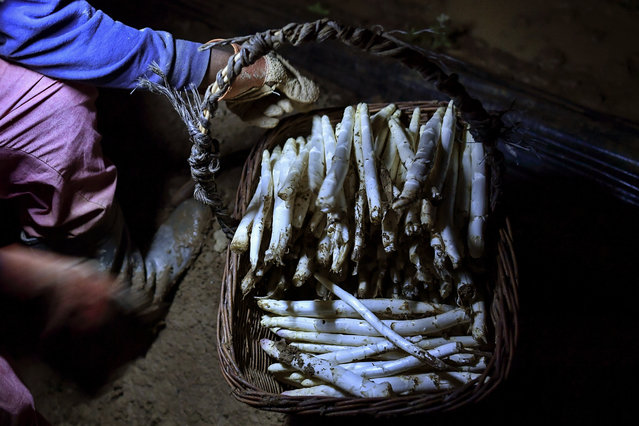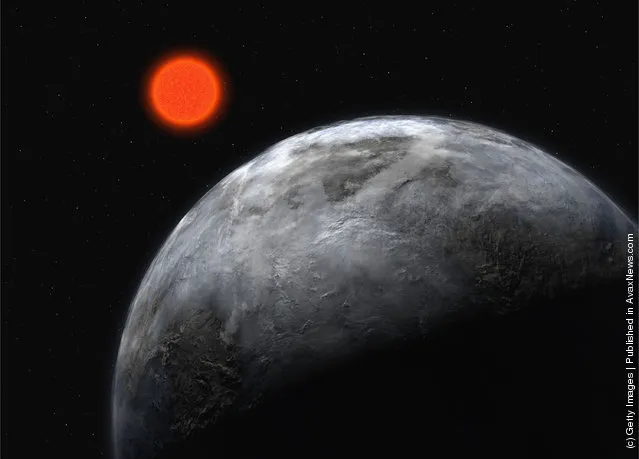
A Panasonic Toughpad is displayed during a press event at The Venetian for the 2012 International Consumer Electronics Show (CES) January 9, 2012 in Las Vegas, Nevada. CES, the world's largest annual consumer technology trade show, runs from January 10-13 and is expected to feature 2,700 exhibitors showing off their latest products and services to about 140,000 attendees. (Photo by Ethan Miller/Getty Images)
10 Jan 2012 13:12:00,post received
0 comments







